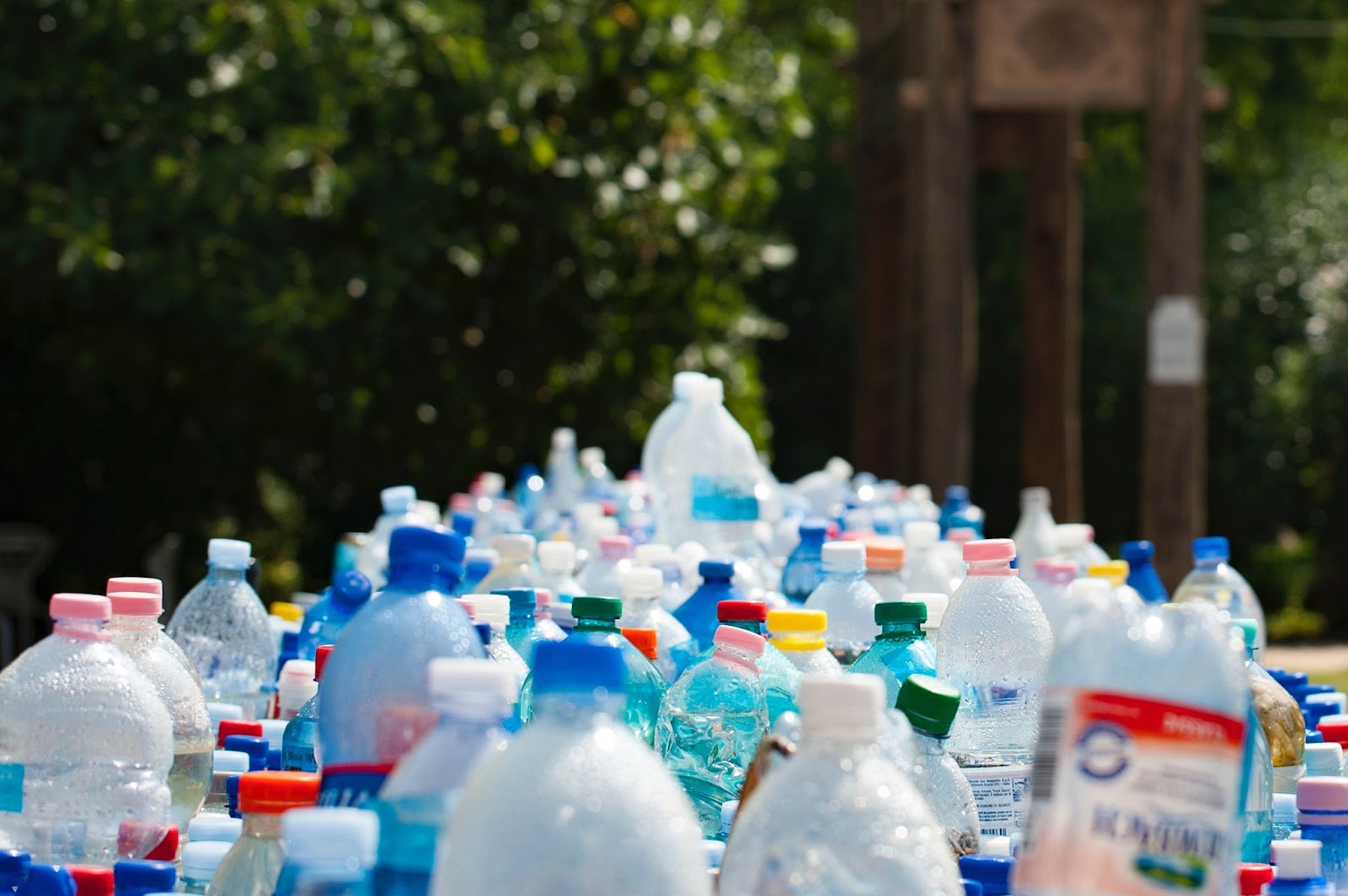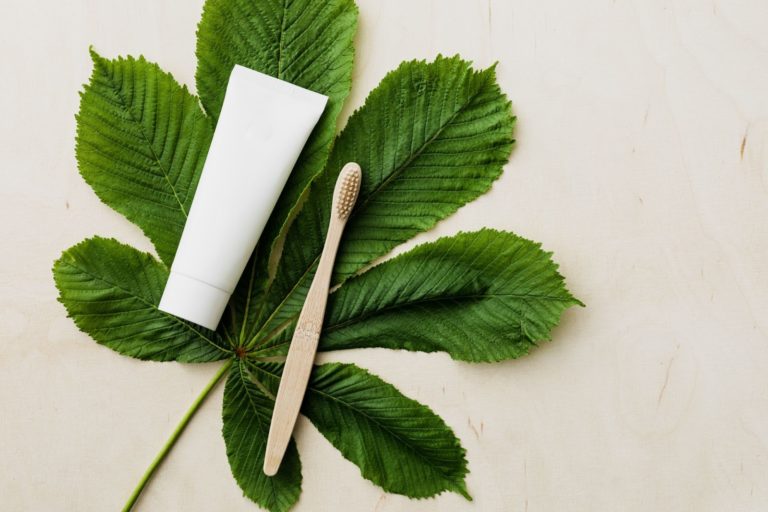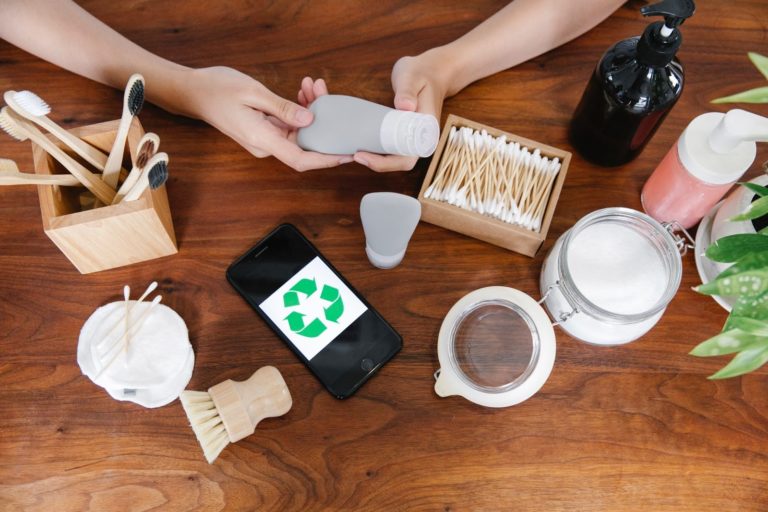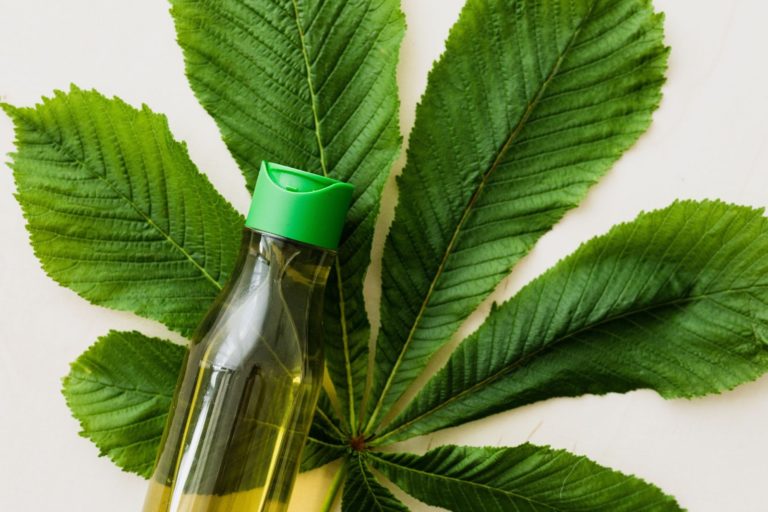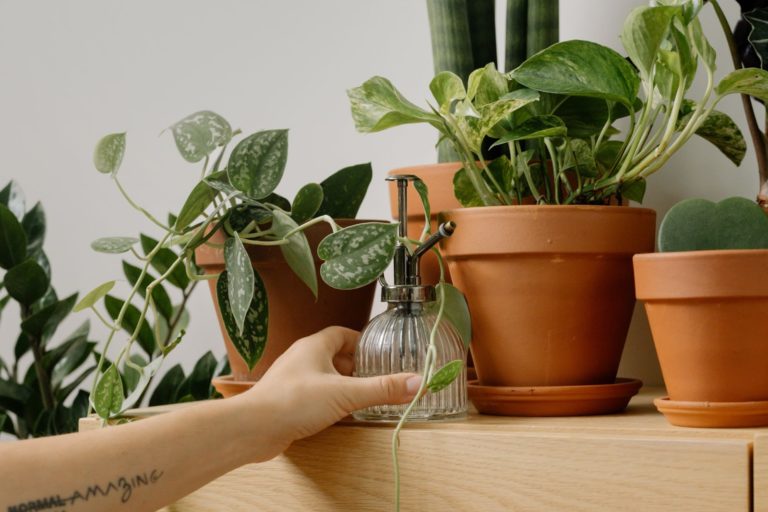Why Plastic Water Bottles Are Bad For The Environment
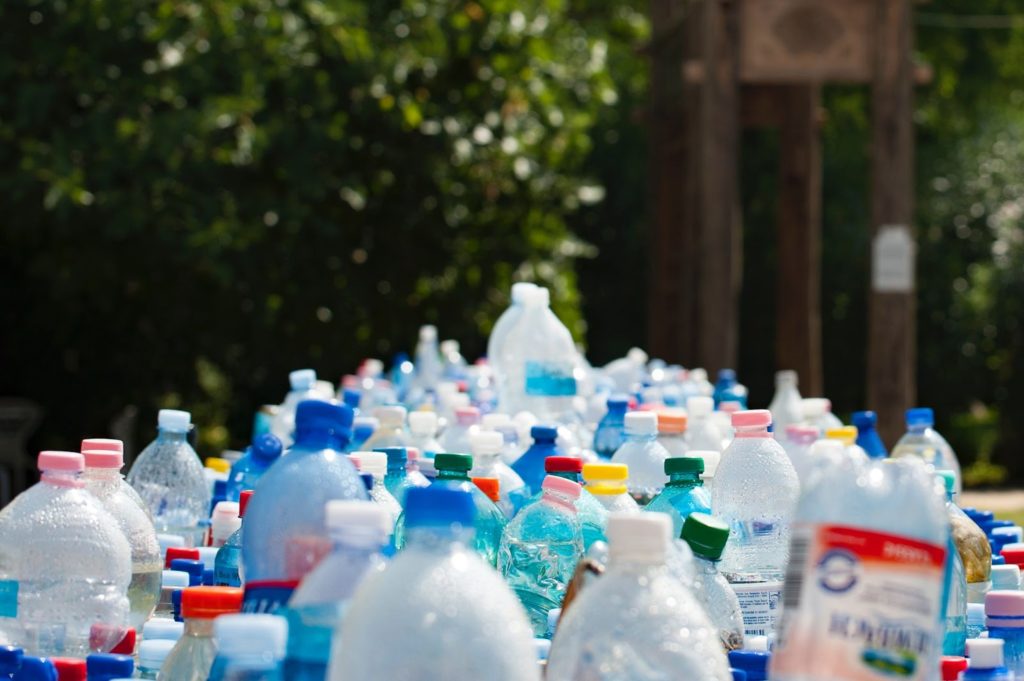
🌍💧 We all know that water is essential to our survival. And in today’s world, it’s easy to take clean water for granted. We can simply buy a bottle of water at the store, or turn on the tap and fill up a glass.
But have you ever stopped to think about where that water comes from? And what happens to the plastic water bottle after you’re done drinking?
Unfortunately, the answer to both of those questions is not so simple. Plastic water bottles are bad for the environment in a number of ways.
For one, the production of plastic water bottles requires a lot of energy and resources. And once they’re used, most plastic water bottles end up in landfills where they take hundreds of years to decompose.
Not to mention, the chemicals in plastic can leach into the water inside the bottle, which can be harmful to our health.
Most people don’t know that plastic water bottles are actually one of the worst things for the environment. Every year, millions of tons of plastic are produced, and a large portion of that ends up in our oceans.
Not only does this pollute the water, but it also harms the marine life that ingest the plastic.
So next time you’re reaching for a plastic water bottle, think about the impact it has on the environment. And consider making the switch to a reusable water bottle instead.
🌎💧Why Are Plastic Water Bottles Bad For The Environment?
We all know that plastic water bottles are bad for the environment. They’re made from oil, they clog up landfills, and they pollute our oceans.
But did you know that plastic water bottles are also one of the biggest contributors to climate change?
Here’s why:
Plastic water bottles are made from oil
We all know that plastic water bottles are bad for the environment. But did you know that they’re also made from a type of plastic that’s derived from petroleum? Yep, that’s right. The vast majority of plastic water bottles are made from polyethylene terephthalate (PET), which is a type of plastic that’s made from petroleum.
Plastic water bottles clog up landfills
Water bottles are one of the many things that people use and then dispose of without thinking twice. They’re so convenient- we can just buy them, drink the water, and then throw them away.
But what happens to all those water bottles after we’re done with them? It turns out that those water bottles don’t just disappear.
In fact, they end up clogging up landfills. In the United States, it is estimated that over 60 million plastic water bottles end up in landfills each year.
That’s a lot of water bottles! And it’s not good for the environment.
I’m not sure what the future of PET is, but its durability is definitely one of its significant problems. A plastic water bottle can last for at least 450 years before it completely disintegrates.
Because of its resistance to degradation, a plastic bottle will take up valuable space in landfills for years. Landfills are not infinite and can fill up quickly if we continue to send large volumes of non-biodegradable items like the plastic bottle there.
Perhaps the worst thing about plastic pollution on land is the tendency of waste plastic to migrate to the ocean.
Plastic water bottles pollute our oceans
Plastic water bottles pollute our oceans. Every year, billions of plastic water bottles are thrown away, ending up in our oceans. These bottles take up space, and when they break down, they release toxins into the water.
These toxins can harm marine life, and they can also create a mess for people who drink from the ocean. It is estimated that there are over 5 trillion pieces of plastic pollution in the world’s oceans.
Ocean Conservancy’s annual beach cleanups typically find water bottles and their caps to be the third and fourth most common pieces of plastic litter. The ocean can be cleaned of larger pieces of plastic rather easily, but microplastics are impossible to remove.
More than 1.1 million seabirds and other marine species are lost every year due to the 8 million tonnes of plastic that make their way into the oceans every year. The majority of plastic water bottles (86% according to the Container Recycling Institute) are thrown away after being used.
In the process of breaking down, these plastics create microplastics that release carcinogenic chemicals, posing a threat to marine life. The majority of trash floating around in the ocean is plastic. Plastic might outnumber fish in the waters by 2050 if nothing is done.
Plastic particles enter the digestive systems of marine organisms, including fish and birds, long before they biodegrade. They lead to clogging, ulceration, malnutrition, and mortality. Animals can become immobilized, injured, or even killed when they become entangled in garbage. Animals in the ocean can have their ability to reproduce harmed if they ingest plastic.
A staggering 700 different species, including turtles, whales, seabirds, fish, and mammals, have been found to have consumed plastic trash or become entangled in it.
Additionally, the microplastics in the water help spread hazardous marine germs and invading species, which upsets the marine ecosystem’s balance.
Effect on Human Health
When we eat fish, microplastics are swallowed and introduced into the human food chain. The average person is exposed to microplastics through water, air, and food throughout the entire year. The toxic nature of microplastics makes them carcinogenic. That places the well-being of people who consume fish at risk.
We may find chemicals like BPA, an endocrine disruptor, in plastic. It can leach out into water bodies, sink into the soil, and contaminate the groundwater. It may be absorbed by plants and thereby enter into the food chain. Ingesting such a chemical can interfere with the immune, neurological, and reproductive human systems.
Plastic pollution can affect the availability of safe drinking water. Microplastics have been found in tap water in a lot of places in the world. Drinking clean water is essential for physical well-being, and when microplastics or plastic chemicals contaminate water, our health is in danger.
Plastic Bottle Makes the Climate Worse
The production of a plastic water bottle involves refining fossil fuel to extract useful chemicals. This refining process releases greenhouse gasses into the atmosphere. 😞
Companies that manufacture PET bottles are prone to fire hazards and chemical leaks. There have been notable accidents in Norway, France, and Belgium that polluted the environment and put workers in the hospital. 😱
Incineration works as an alternative disposal option when landfilling of plastic waste is not viable. The fumes from burning plastic waste release carbon dioxide, polyvinyl chloride, dioxins, furans, and polychlorinated biphenyls (PCBs). These are harmful chemicals that put human and environmental health at risk. 😷
How to Reduce the Use Of Plastic Bottles
Stop using disposable plastic water bottles forever! The negative effects of single-use plastic water bottles on the environment can be mitigated with a change in mindset. In order to save the environment and your personal health, you should switch from bottled water to stainless steel water bottles, which are 100% BPA-free.
- Get rid of the practice and start using reusable stainless steel water bottles to save the planet and your health.
- Invest in a water purification system: Each morning, fill your reusable water bottles from the filtered water in your refrigerator.
- Raise awareness by discussing the negative effects of bottled water with your loved ones. Reusable stainless steel water bottles are better for the environment, and you should encourage your company to ban disposable water bottles.
- Find replacements; it’s not just disposable water bottles that are bad for the planet. Look for soap and cleaning supplies packaged in recyclable or compostable materials.
- Remember to recycle your plastic bottles after each use. It’s important to recycle any empty water bottles you come across in the wild.
- Make use of water fountains by requesting that your county establish more of these so that residents may readily refill their water bottles.
